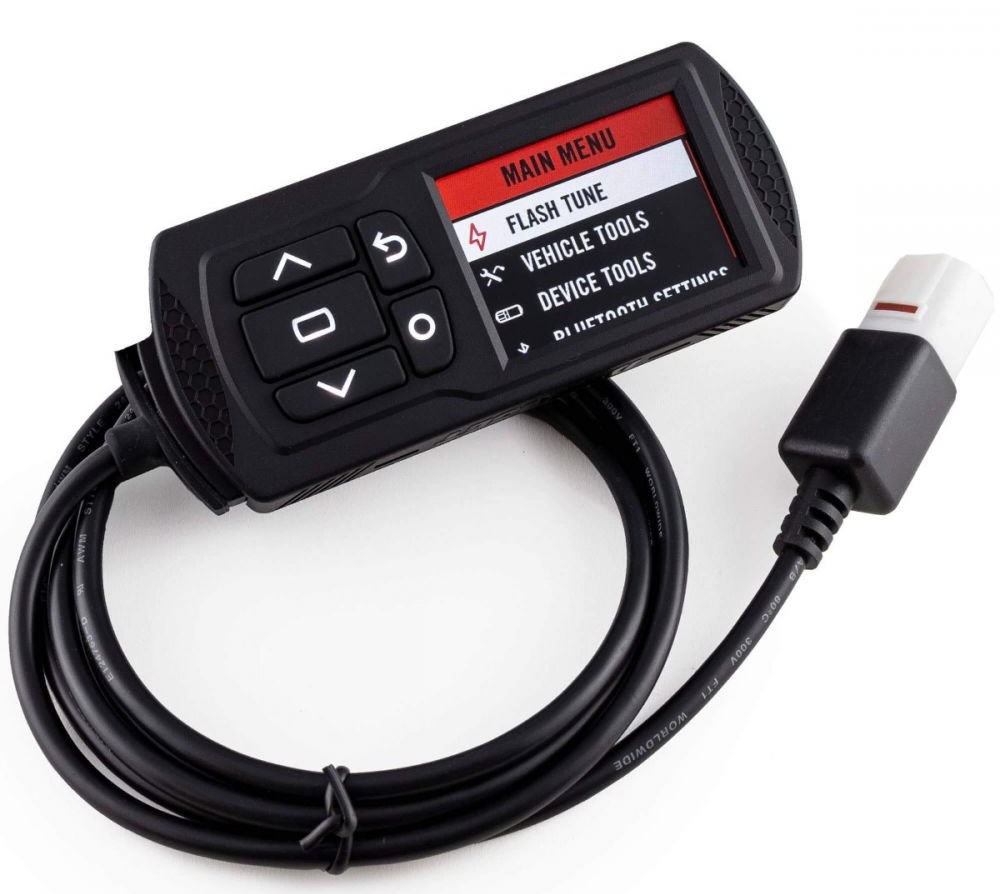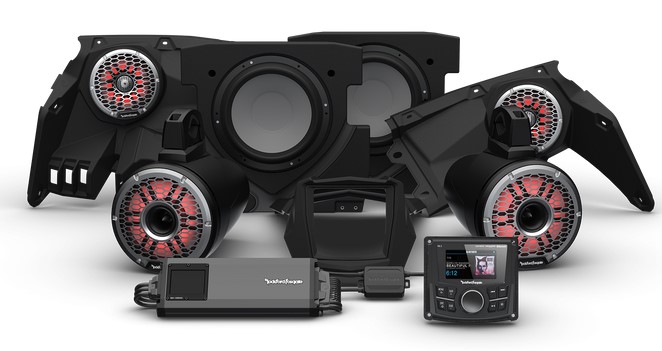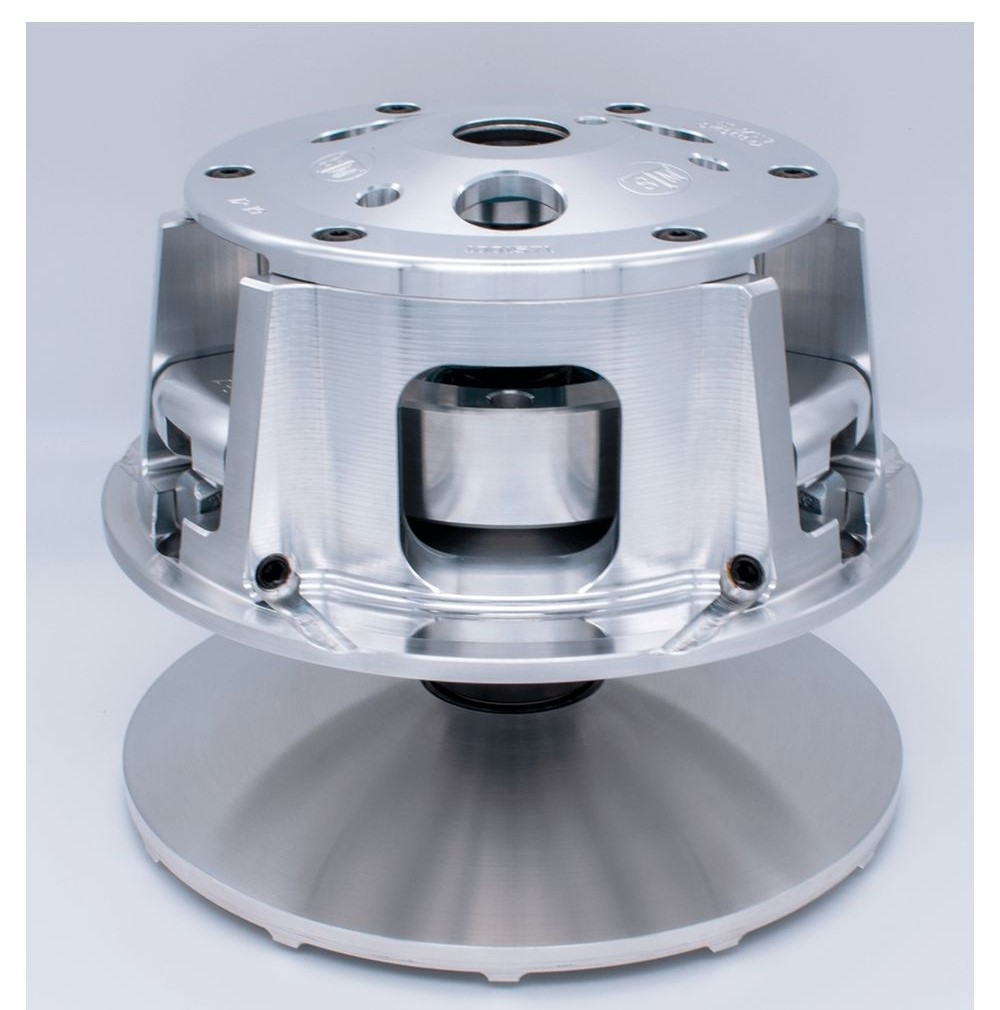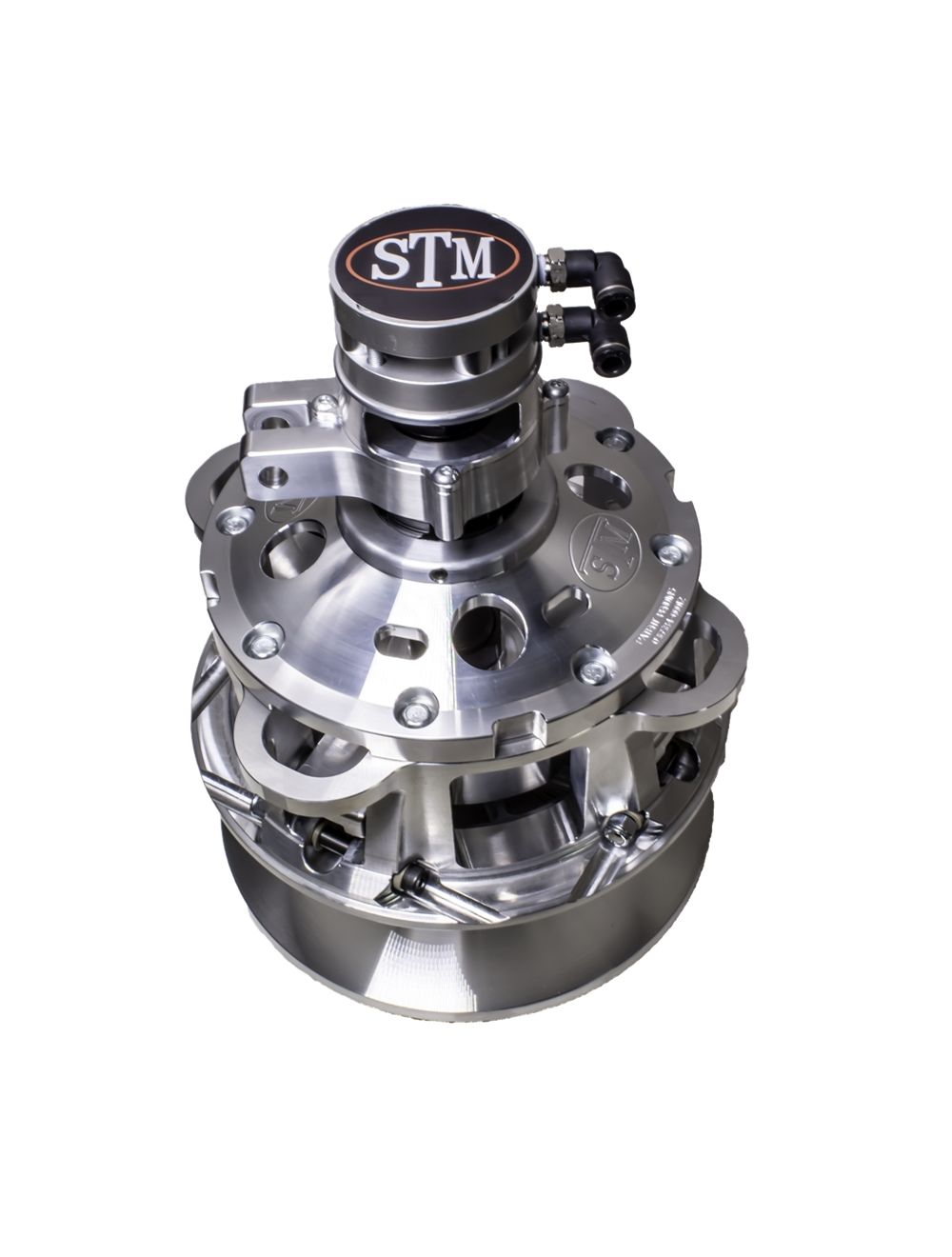RS1 Front Diff Conversion Kit Guide: Durability, Installation & Cost Analysis
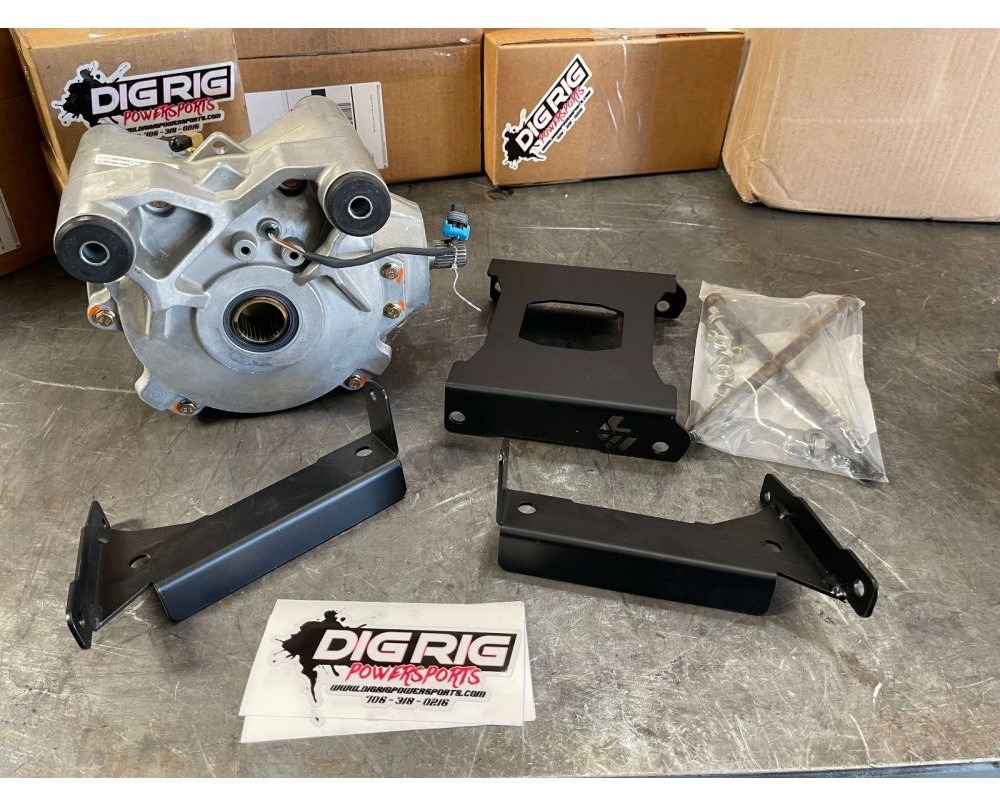
When Polaris owners start looking for ways to toughen up their rides for serious trail abuse, one upgrade comes up in almost every garage conversation—the RS1 front diff conversion kit. This isn’t some flashy add-on you buy just for looks. It’s the fix for broken XP differentials, the upgrade that puts durability back on your side, and the smart move if you want Turbo-S level confidence in your RZR. Think of it as a game-changer for riders who keep blowing stock parts and are tired of spending more time wrenching than riding.
But here’s the real question: is it worth it? Riders want to know if the RS1 can truly outlast built XP diffs, how gnarly the installation really gets, and whether the final price tag delivers long-term value. That’s where this guide comes in. From RS1 differential skid plate trimming and tricky bracket alignment to wiring tweaks and cost breakdowns, we’re unpacking the RS1 front diff conversion kit in a way every rider can relate to, straight talk, no fluff.
Understanding RS1 Front Differential Conversion Benefits
Upgrading to an RS1 front diff conversion kit gives you a stronger, smarter drivetrain built to handle serious abuse. The RS1 differential was designed for a single-seat RZR that demanded instant throttle response, heavy loads, and more reliable engagement. Swapping it into an XP chassis is one of the smartest RS1 diff conversion benefits riders can grab.
RS1/Turbo-S Diff vs Built XP Diff Durability Comparison
The RS1 diff vs XP diff durability question is the first thing riders ask. Let’s break it down:
- RS1/Turbo-S differential comes with stronger cases, larger bearings, and improved sprague cages that handle aggressive throttle better.
- Built XP diffs can perform well with aftermarket upgrades, but by the time you add hardened gears, billet cases, and upgraded cages, the cost is similar to the RS1 swap—and the reliability is still a gamble.
That’s why forums and RS1 diff upgrade reviews consistently push riders toward the RS1/Turbo-S setup.
When RS1 Diff Conversion Makes Sense
An RS1 front differential upgrade isn’t for every machine, but it shines in:
- Turbocharged builds that shred stock XP diffs.
- Mud and rock setups where shock loads hammer driveline parts.
- Riders who already faced RS1 front differential problems in XP housings.
If downtime is killing your season, the RS1 front diff conversion kit is a preventative investment, not just a repair.
RS1 Diff Conversion Installation Challenges and Solutions
Installing an RS1 diff conversion kit isn’t “plug and play.” You’ll face cutting, grinding, and alignment checks—but the payoff is worth it.
Skid Plate and Rack Plate Trimming Requirements
The RS1 case is physically different. Most installers report that RS1 differential skid plate trimming is required to clear the new housing. Steps include:
- Cutting back the front skid.
- Adjusting the RS1 differential rack plate modification area so the diff sits flush.
- Reinforcing edges to keep strength.
These cuts aren’t complex but do take time. Good prep makes the process smooth.
Bracket Alignment and Fitment Issues
Perfect RS1 diff bracket alignment is critical. Even a slight twist during install leads to:
- Axle bind under travel.
- Premature bearing wear.
- Driveshaft vibration.
Most installers recommend bolting everything finger-tight, checking clearances, then torquing. Professional RS1 diff kit installation tips also include marking brackets before removal for reference.
Axle and Hub Compatibility Considerations
Axles are another pain point. The RS1 uses slightly different shaft geometry, and RS1 diff axle compatibility varies by model year. Some riders swap to Turbo-S shafts for perfect fitment. Pairing that with the right RS1 differential hub sensors ensures ABS rings and traction systems work without throwing codes.
Wiring and Sensor Integration for RS1 Diff Conversion
Electrical work is the least glamorous part of the job, but one of the most important.
Sensor Compatibility and Wiring Modifications
The RS1 uses unique sensor plugs. During RS1 front diff wiring, expect to:
- Extend or reroute harnesses.
- Re-pin connectors to match sensor style.
- Seal joints with waterproof shrink wrap.
ABS and Traction Control System Integration
For riders doing an RS1 turbo S differential conversion, ABS sensors must align perfectly. Poor spacing will cause warning lights or deactivate traction systems. That’s where careful hub sensor placement pays off.
Professional Wiring Tips and Best Practices
- Use marine-grade connectors.
- Route wiring away from suspension arms.
- Test continuity before sealing harnesses.
With proper wiring, the RS1 front diff conversion kit integrates seamlessly into the XP platform.
Complete Cost Analysis of RS1 Diff Conversion Kits
Everyone wonders—does an RS1 front diff conversion kit really pay off? Let’s break down the dollars, labor, and long-term value to see if it’s worth it.
Parts List Breakdown by Manufacturer
Here’s a common RS1 front diff parts list:
- RS1/Turbo-S differential assembly
- Brackets and plates
- Axles (if required for compatibility)
- Sensors, seals, and wiring provisions
Aftermarket sources like HCR Racing and PRECISION ATV FAB also supply specialty brackets and reinforcement kits.
Labor Costs and Installation Time
- DIY install: 8–12 hours depending on skill.
- Shop install: $600–$1,000 in labor charges.
Long-Term Value vs Built Differential Options
When doing an RS1 diff kit cost comparison, the swap usually runs $2,000–$2,800. Compare that to building an XP diff—after hardened gears and billet cases, you’re near the same figure, without the reliability of the RS1.
That’s why riders often say the RS1 diff conversion installation is a “buy once, cry once” decision.
Fluid Selection and Maintenance for RS1 Differentials
Even the strongest differential can’t survive without proper upkeep, and the RS1 front diff conversion kit is no exception.
Recommended Differential Fluids
Many riders continue to rely on Polaris Demand Drive fluid because it’s proven and widely available. However, there are premium RS1 diff fluid choices that offer extra protection. High-quality synthetic blends handle extreme heat better, which is a must for aggressive riding styles. For those who spend hours in mud bogs or water crossings, fluids with anti-foaming additives help reduce cavitation and keep engagement smooth.
Service Intervals and Maintenance Schedule
A reliable RS1 differential maintenance plan makes all the difference. Change your fluid every 25–30 hours of hard use to protect gears and bearings. Inspect seals regularly to catch leaks early. Keep an eye on bearing condition, especially after extreme rides. Sticking to a solid schedule ensures your RS1 front diff conversion kit stays reliable and ready for years of tough trails.
Comparing RS1 Diff Conversion Kit Manufacturers
Not every RS1 front diff conversion kit gives the same performance. Some brands deliver flawless fitment and long-term reliability, while others leave you battling alignment issues. Picking the right manufacturer can make or break your upgrade.
Quality and Fitment Differences Between Brands
- OEM Polaris: guaranteed fit, higher price.
- HCR Racing: premium brackets, precise machining.
- Precision ATV FAB: creative support for plate trimming and skid reinforcement.
Fitment varies slightly, so reviews are key when comparing.
Warranty and Support Considerations
Always ask:
- Is there warranty coverage?
- Does the company offer installation support?
- Will they replace defective sensors or brackets?
Backed kits add peace of mind to your RS1 front differential upgrade.
Real-World Performance and Durability Results
The true measure of any upgrade isn’t on paper—it’s on the trail. Riders who’ve installed the RS1 front diff conversion kit share their long-term experiences, from smoother rides to minor hiccups, giving us a balanced perspective.
User Experiences and Long-Term Reviews
Riders who’ve made the switch to the RS1 front diff conversion kit consistently report smoother engagement when hitting the throttle, reduced gear grinding, and the confidence to run bigger tires without fear of snapping parts. Across forums, RS1 diff upgrade reviews highlight the reliability advantage over even the most heavily built XP setups.
Common Problems and Solutions
Like any mod, small issues can pop up—occasional RS1 front differential problems such as minor seal leaks or sensor misreads caused by rushed wiring. The fixes are straightforward: re-sealing, replacing O-rings, or following proven RS1 diff kit installation tips.
Testimonials
Here’s what riders are saying:
- Mark J.: “Swapping to the RS1 diff gave my RZR a new life—no more worrying every time I mash the throttle.”
- Chris R.: “The Install took a weekend, but the strength difference is unreal. Haven’t had a single issue since.”
Expert Recommendation
The RS1 front diff conversion kit has quickly become the trusted choice for Polaris RZR riders who want lasting durability and performance. Throughout this guide, we explored the RS1 diff vs XP diff durability, highlighted the trimming and alignment challenges, explained wiring requirements, and gave a full cost analysis with maintenance tips. Riders upgrading to this system gain smoother engagement, confidence on bigger tires, and far fewer breakdowns on tough trails.
If you’re ready to boost strength and reliability in your machine, Dig Rig Powersports has the parts and know-how to help. Contact us today today and ride with confidence.

